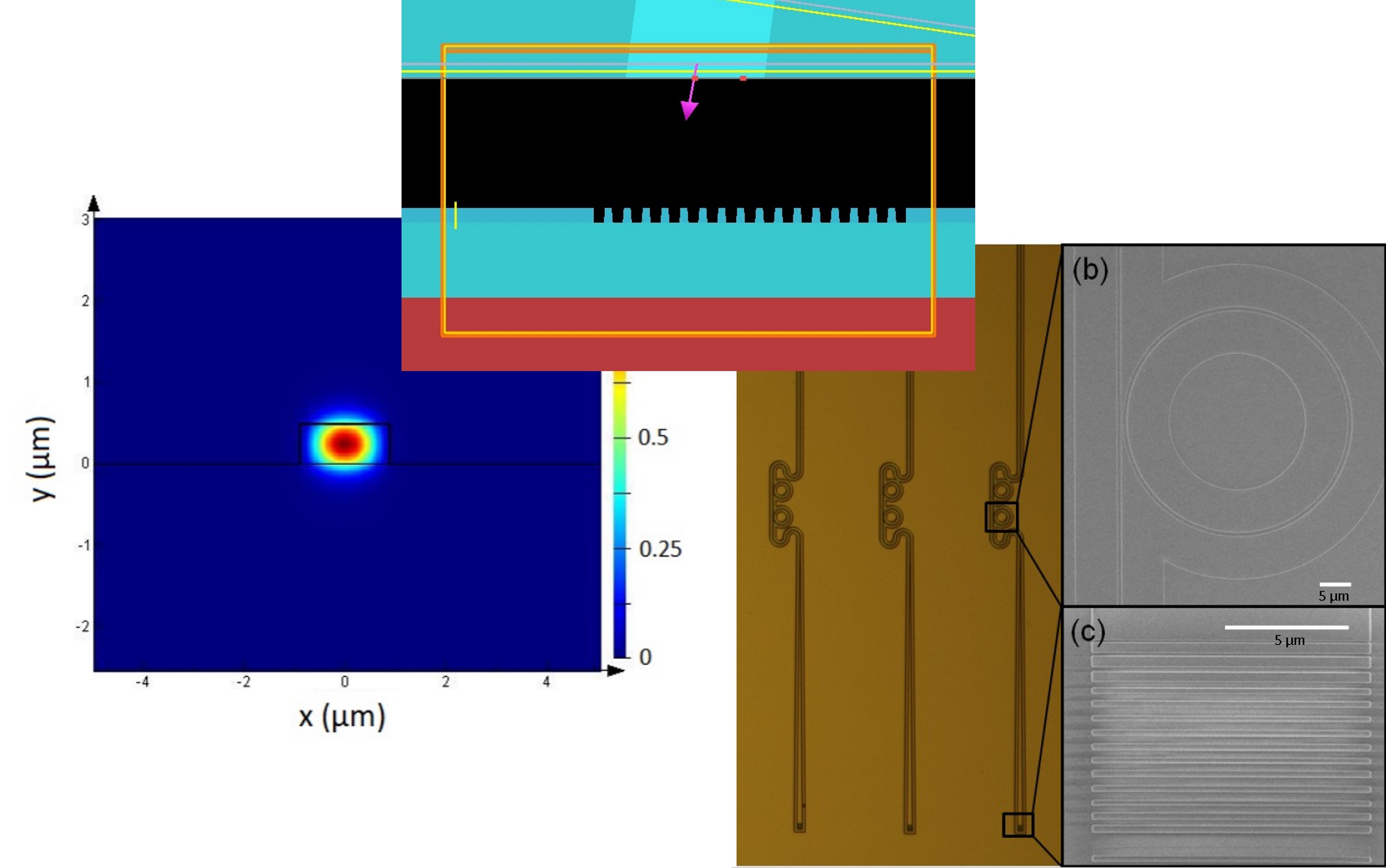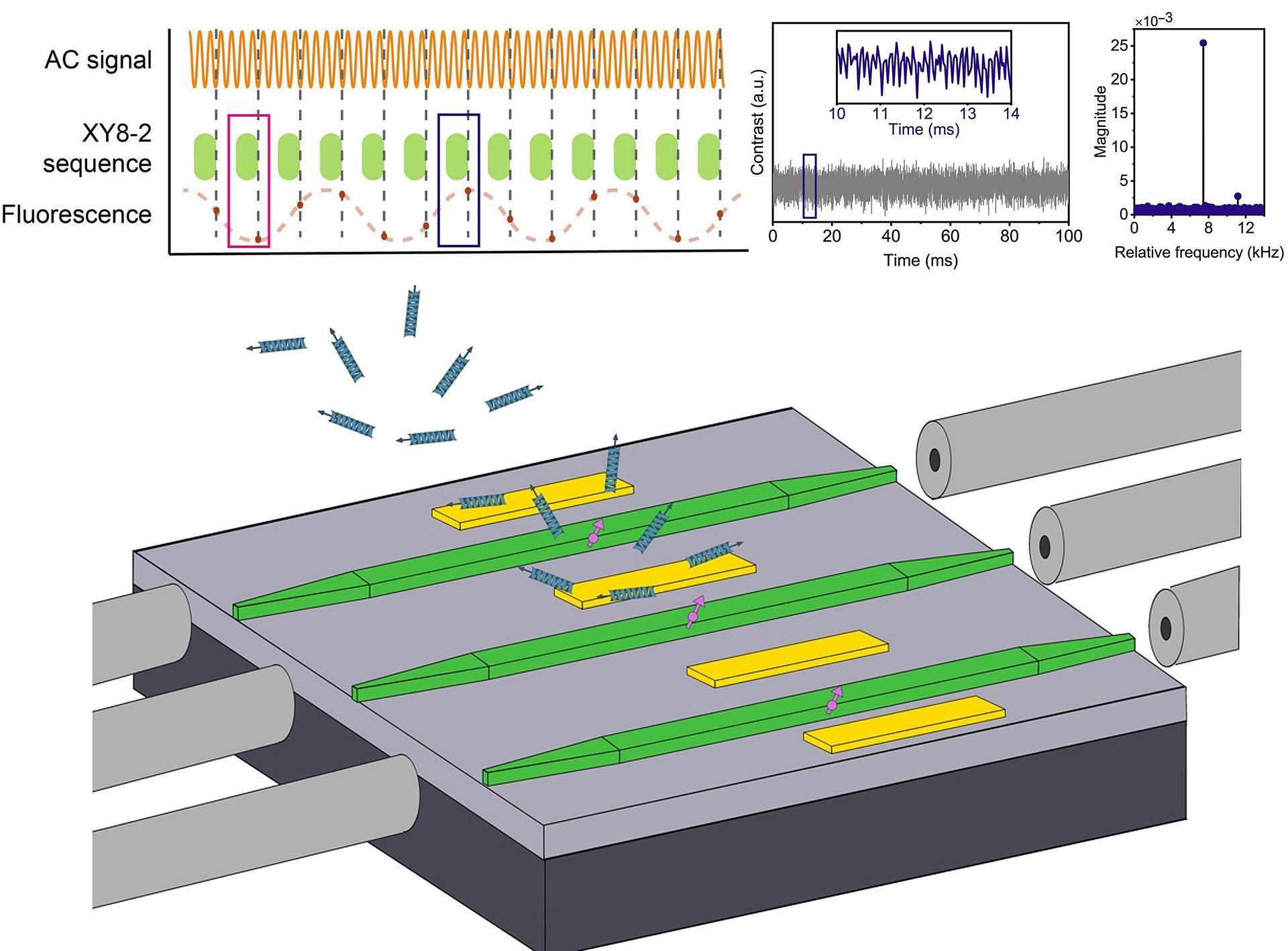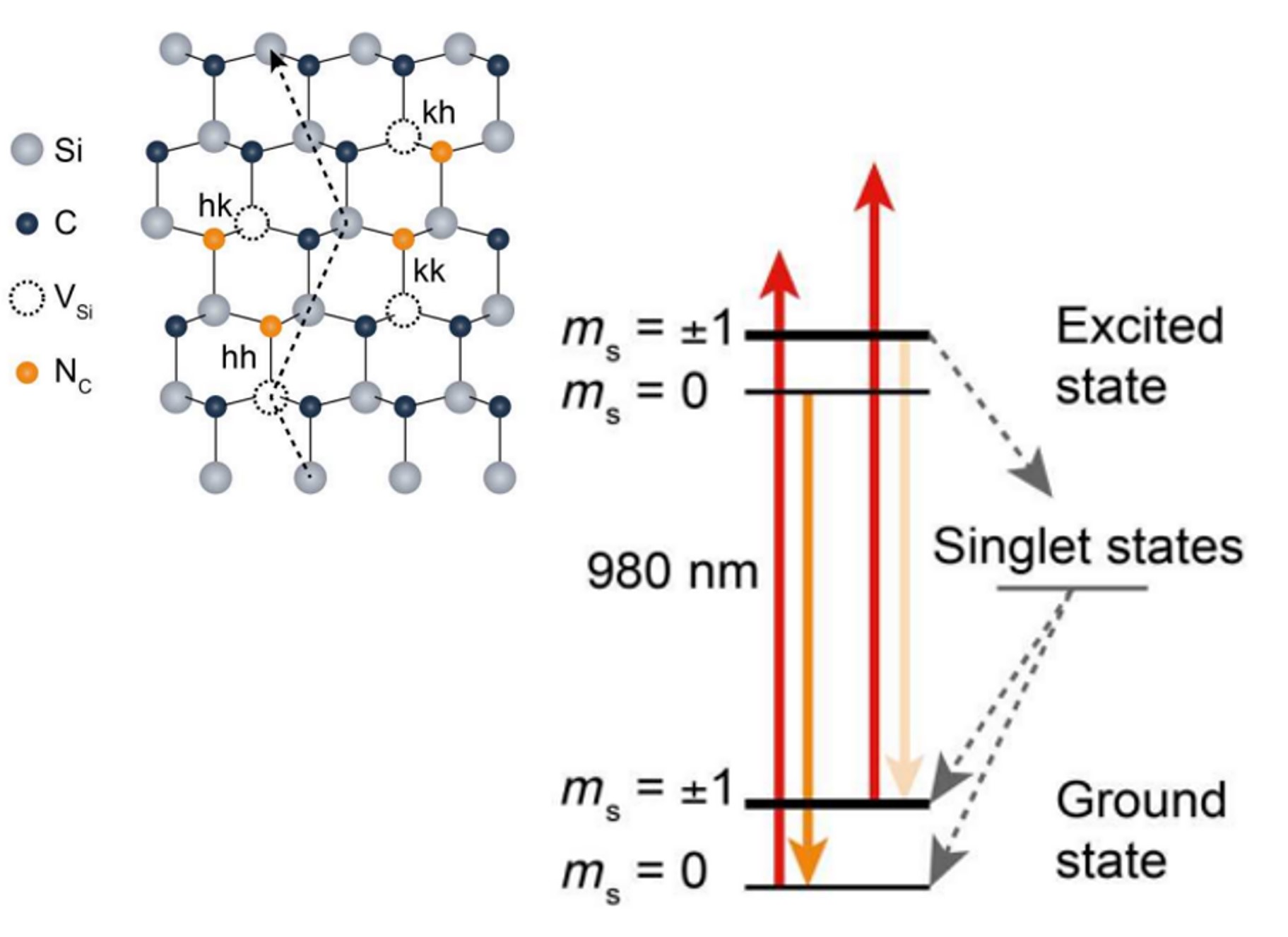Integrated Photonics
Integrated photonic structures enable complete miniaturization of free space optical components such as mirrors, beam splitters, detectors, amplitude and phase modulators which are necessary to control and measure quantum states of light - photons. We are currently working with Silicon Carbide on Insulator material platform to achieve complete packaging of photonic microchips for both quantum and classical technologies.



